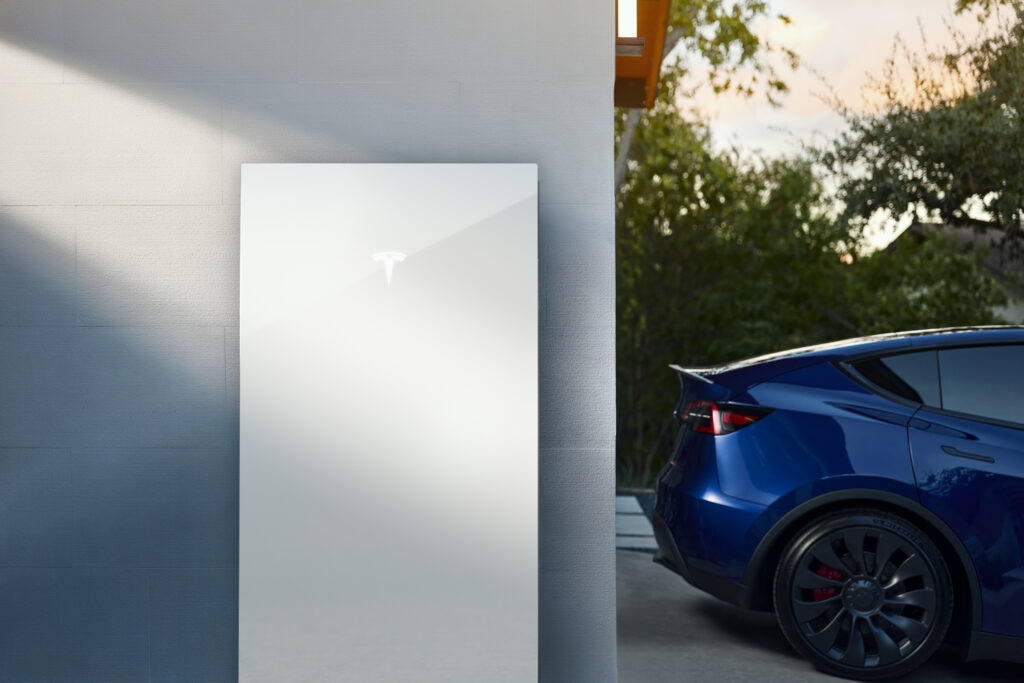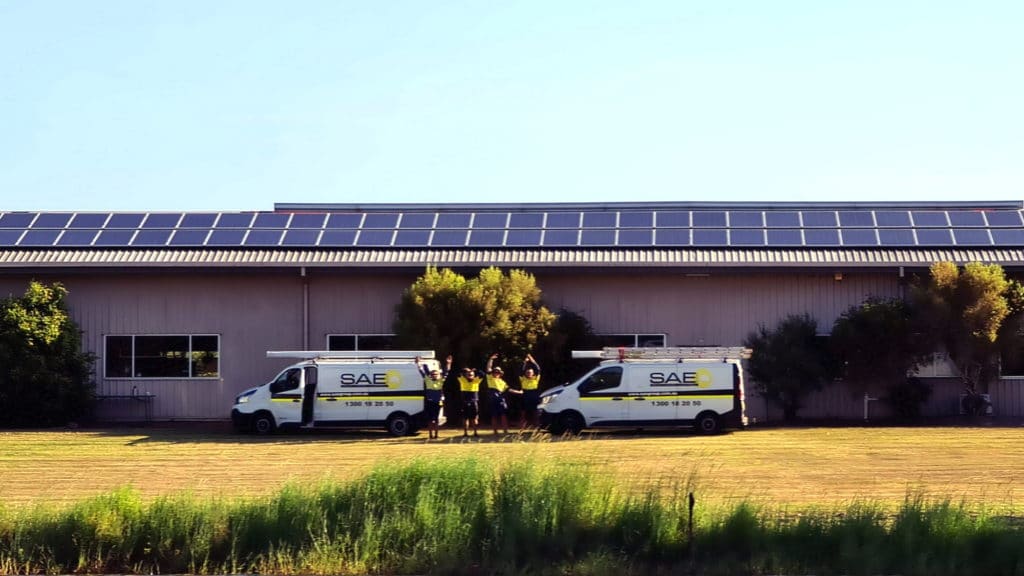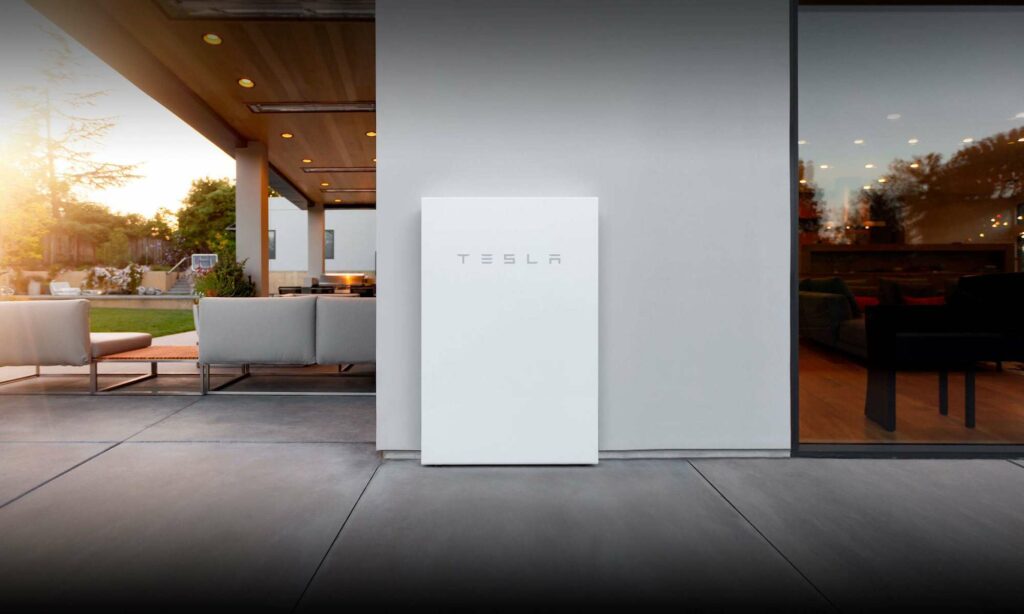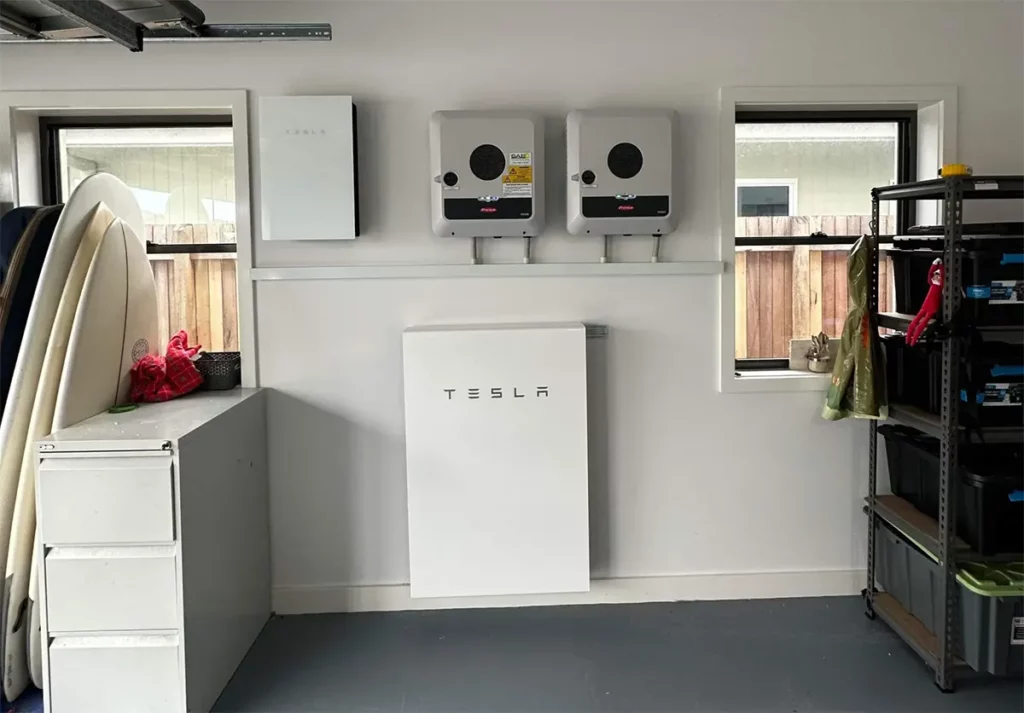Solar Consumption in The Post Feed-in Tariff World
Home » Solar Consumption in The Post Feed-in Tariff World
Changes to the Feed-in Tariff are now making solar consumption and battery storage viable options.
A lot has changed in Australia over the past couple of years with Solar Consumption and the ever-changing Feed-in-tariffs set by the Energy companies and the State Governments. In fact, Feed-in tariffs are ending for over 275,000 solar households in NSW, SA and Vic between September and December 2016 according to a report by Solar Citizens. These Feed-in tariffs were introduced for a set period initially to kick-start Australia’s home owners to take up rooftop solar by offering money to solar users who fed energy back into the grid (eg. Feed-in-tariff). Tariffs varied by State, from a 44c/kWh F.I.T in Queensland to 60c in New South Wales 60c/kWh gross which meant most solar owners were receiving payments for their electricity rather paying out.
However, the NSW gross feed-in-tariff comes to an end on December 31, so those households will have to negotiate with their electricity provider and will go back to the market tariff. This market tariff ranges from zero to around 6c/kWh and is paid only for the excess solar power exported back to the grid. Due to these changes, it is estimated that thousands of Australians will be hit by electricity bill shock of about $1,500 when the remaining generous solar feed-in tariffs are rolled back in coming months, consumer advocates have warned.
Key points of the Solar Citizens Report:
 Report suggests 146,000 NSW customers will be hardest hit
Report suggests 146,000 NSW customers will be hardest hit- Some consumers could be as much as $4,000 a year worse off
- Consumer advocates want sweeping changes to the national energy market
These days to ensure you get the best from your solar panels, most Solar Systems owners need to be consuming the energy they produce while it is being produced i.e. during the day. This is often referred to as ‘solar consumption’, and it is the key to ensuring that your solar system delivers to you the best return possible.
Even without feed-in tariffs, Australian homes are still installing solar in large numbers, with roughly 10,000 new residential solar systems being installed per month across the country. Solar system installation prices are lower than they’ve ever been, so as long as you’ve got an unshaded roof and some daytime electricity usage at your home, solar will definitely still work for you.
Tips for avoiding bill shock:
- Use more of your solar by setting timers to run big appliances during the day
- Shop around for the best deal from energy retailers
- Think twice about using gas power
- Look into getting a smart meter to monitor consumption
- Consider getting a solar battery
Source: Energy Consumers Australia
In today’s market there are lots of efficient electric devices for hot water, heating or cooling which can be timed to run during the day when you can then use your existing free solar to run those appliances. According to Sarah McNamara from the Australian Energy Council, the rollback of the tariffs is an opportunity for retailers to offer competitive rates. “What customers should be doing is looking at their retailers and what sort of usage charges apply and what sort of feed-in tariffs they’re offering, and what other bits and pieces might be part of the package a retailer is offering.”
In NSW, the availability of smart meters will give more information to households to enable them to manage their energy use to keep their bills down. If you are not sure how they work, read our blog here. SAE Group have a team of qualified Level 2 electricians on hand if you are needing an upgrade from gross to nett metering system. Click here to learn more. Likewise, there is an expected a spike in the interest of battery storage when the tariffs are rolled back.
 Reece Turner from Solar Citizens, has gone on record stating that “We will also see potentially people buying more solar panels because these people have up until now been prohibited from adding to their systems,” he said. Likewise there will be a strong incentive to add battery storage and store that excess power for use in the evening. In fact, NSW is considered one of the prime markets in Australia – indeed the world – for residential battery storage according to Reneweconomy.com.au.
Reece Turner from Solar Citizens, has gone on record stating that “We will also see potentially people buying more solar panels because these people have up until now been prohibited from adding to their systems,” he said. Likewise there will be a strong incentive to add battery storage and store that excess power for use in the evening. In fact, NSW is considered one of the prime markets in Australia – indeed the world – for residential battery storage according to Reneweconomy.com.au.
If you would like to learn more about Residential Energy Storage or even if you are a potential solar panel buyer with a dream of energy storage, it’s important to get the right advice. Our specialist Solar team is offering a wide range of competitively priced next-generation battery systems from the world’s leading manufacturers, installed by knowledgeable, experienced solar storage professionals. Contact us today for a quote and make sure you don’t miss out.







